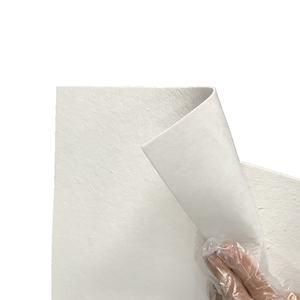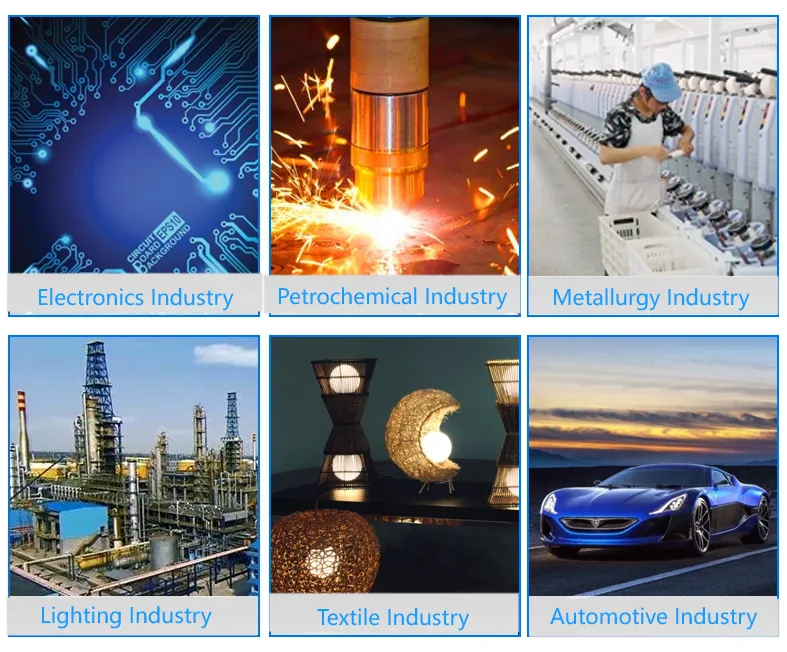Discover Premium Ceramic Products | Durability & Elegance United | Advanced Ceramics
1. Introduction
In the past 48 hours, a major industrial supplier announced a global shortage of high-purity silicon carbide raw materials due to supply chain disruptions in Southeast Asia—a development that’s driving renewed interest in proper crucible care to extend service life. Whether you’re in metallurgy, glassmaking, or advanced ceramics research, your silicon carbide crucible is a critical—and costly—tool. This guide gives you actionable steps to use and maintain it correctly.

2. Understanding Your Silicon Carbide Crucible
A silicon carbide crucible is prized for its exceptional thermal conductivity, resistance to thermal shock, and ability to withstand temperatures above 1600°C (2912°F). Unlike standard clay-graphite crucibles, silicon carbide offers superior durability in oxidizing atmospheres, making it ideal for melting non-ferrous metals like aluminum, copper, and zinc.
It’s important not to confuse silicon carbide with similar-sounding materials. For example, boron carbide vs silicon carbide: while both are ultra-hard ceramics, boron carbide is more commonly used in armor and abrasives, not crucibles. Similarly, silicon nitride crucible factory products serve niche high-stress applications but are generally more expensive and less thermally conductive than silicon carbide options.
3. Step-by-Step Guide to Using a Silicon Carbide Crucible
3.1. Pre-Use Inspection
Before first use—or after storage—inspect your silicon carbide crucible for cracks, chips, or surface glazing. Even hairline fractures can lead to catastrophic failure under heat. Also check for residue from previous melts; clean thoroughly if needed.

3.2. Proper Drying and Preheating
Never place a cold or damp crucible directly into a hot furnace. Moisture trapped in the ceramic matrix can flash to steam and cause cracking. Instead:
- Dry at 110°C (230°F) for 2–4 hours if stored in humid conditions.
- Gradually preheat in the furnace: ramp up at 100–150°C per hour until reaching 600°C, hold for 30 minutes, then proceed to operating temperature.
3.3. Loading and Melting
Fill the crucible no more than 75% full to prevent spillage during thermal expansion. Use compatible charge materials—avoid introducing chlorides or fluorides, which can corrode silicon carbide at high temps. Stir gently with silicon carbide rods, not steel tools, to avoid contamination and mechanical damage.
4. Common Problems and Solutions

4.1. Cracking or Spalling
Cause: Rapid temperature changes or mechanical shock. Solution: Always follow gradual heating/cooling cycles. Never quench a hot crucible in water.
4.2. Glaze Formation or Slag Buildup
Cause: Reaction with fluxes or impurities. Solution: Use high-purity charge materials. Clean after each use with a soft brush—never use metal scrapers.
4.3. Reduced Lifespan
If your crucible fails prematurely, check your furnace atmosphere. Silicon carbide performs best in neutral or slightly reducing conditions. In strong oxidizing environments, a protective silica layer forms but can degrade over time.
5. Cleaning and Storage
After cooling completely, remove solidified residue by tapping gently. For stubborn deposits, heat to 500°C to oxidize organics, then brush off ash. Store in a dry, dust-free cabinet—never stack crucibles without protective padding.
6. When to Replace Your Crucible
Replace your silicon carbide crucible if you notice:
- Deep cracks or structural deformation
- Significant thinning of walls
- Persistent contamination affecting melt quality
Don’t try to patch or repair—it’s not worth the risk of failure during operation.
7. Related Silicon Carbide Products You Might Encounter
While focused on crucibles, it’s helpful to know that silicon carbide appears in many industrial forms. These include rbsic silicon carbide tile blocks for kiln linings, silicon carbide ceramic columns for support structures, and silicon carbide burner nozzles for high-temp combustion systems. You’ll also find silicon carbide bricks, tubes (like silicon carbide thermocouple protection tubes), and even consumer items like silicon carbide ceramic baking dishes or dinnerware—though these are typically lower-density variants not suited for lab or foundry use.
Note: Items like silicon carbide ceramic dinner plates or silicon carbide baking dish Staub are marketed for kitchen use and lack the purity and density of industrial-grade crucibles. Similarly, silicon carbide ceramic disc taps or grinding discs serve entirely different functions in plumbing or abrasives.
8. Conclusion
A well-maintained silicon carbide crucible can last hundreds of melts, saving you time and money. By following proper preheating protocols, avoiding thermal shock, and storing it correctly, you’ll get maximum performance from this high-performance ceramic. And with current supply constraints on raw materials, extending your crucible’s life isn’t just smart—it’s essential.
Our Website founded on October 17, 2012, is a high-tech enterprise committed to the research and development, production, processing, sales and technical services of ceramic relative materials such as How. Our products includes but not limited to Boron Carbide Ceramic Products, Boron Nitride Ceramic Products, Silicon Carbide Ceramic Products, Silicon Nitride Ceramic Products, Zirconium Dioxide Ceramic Products, etc. If you are interested, please feel free to contact us.

